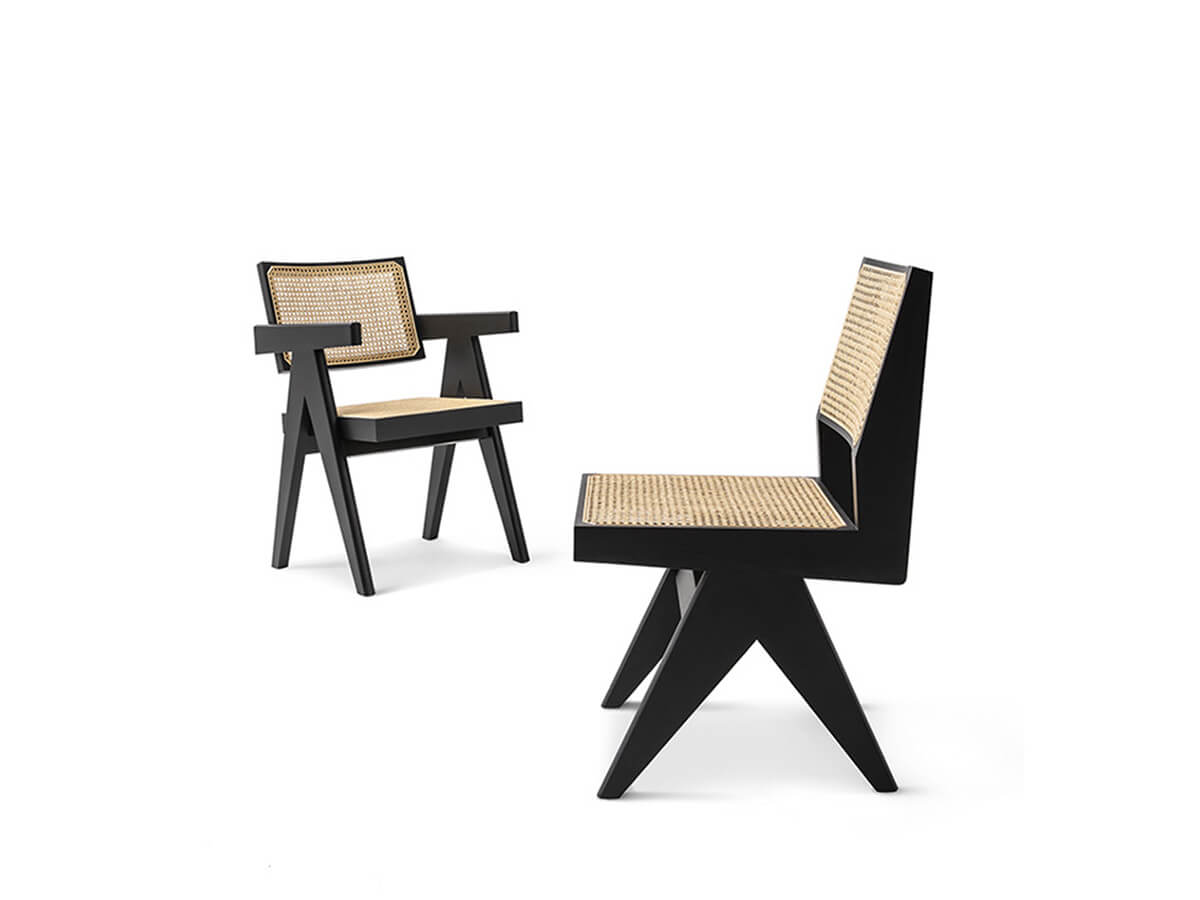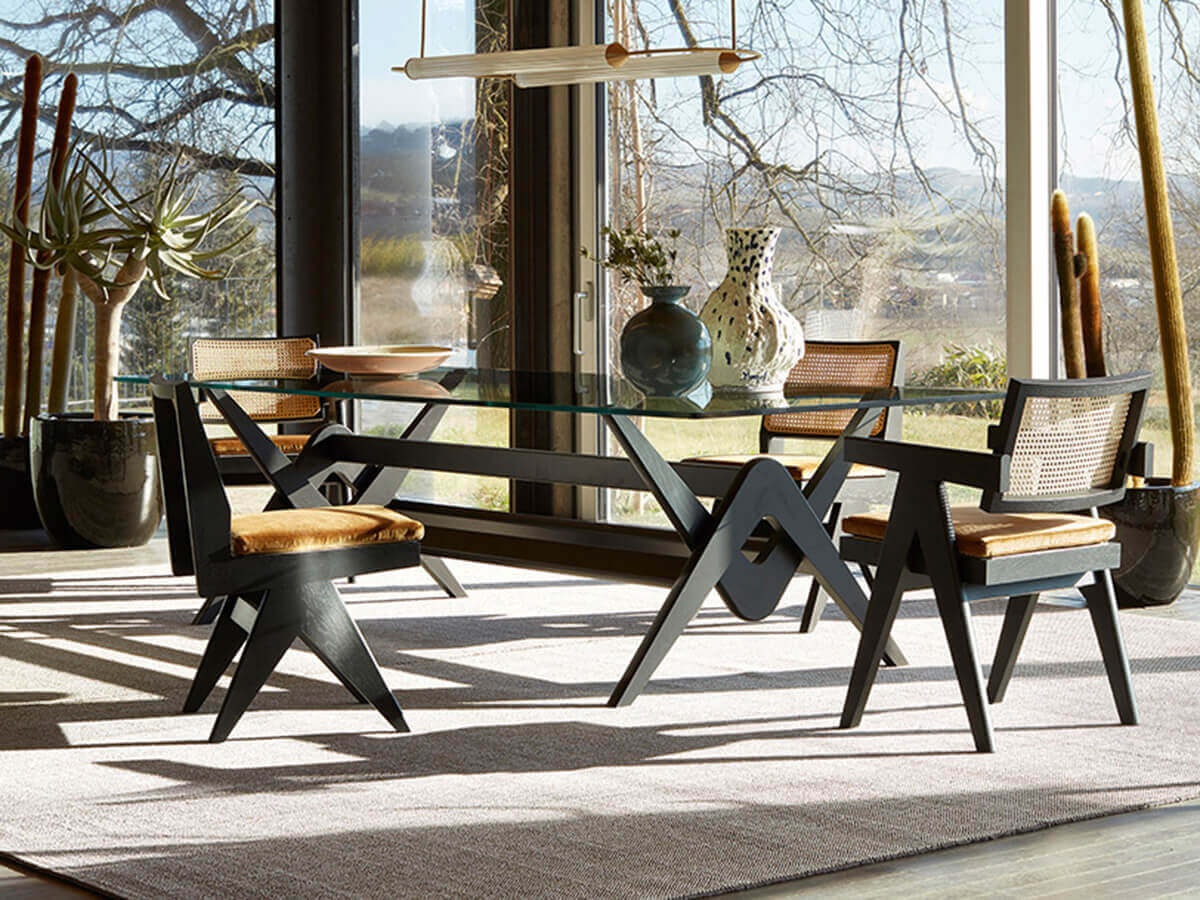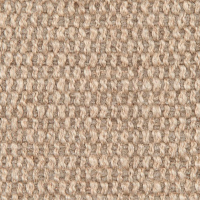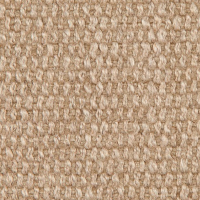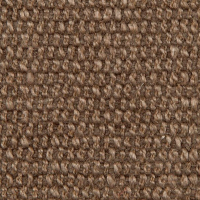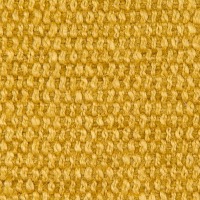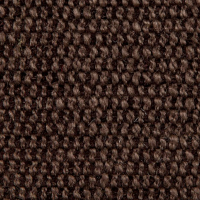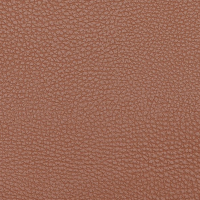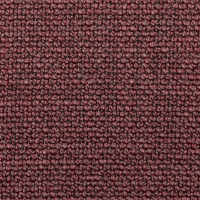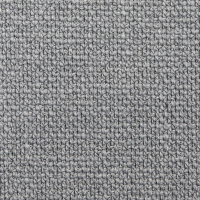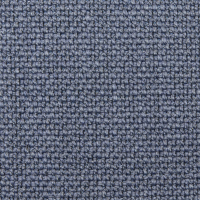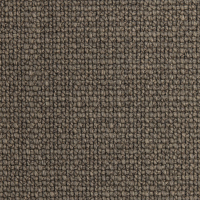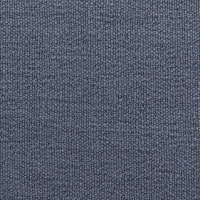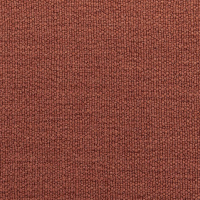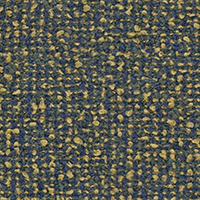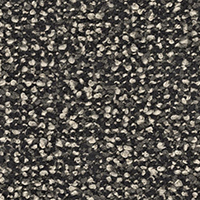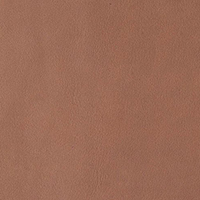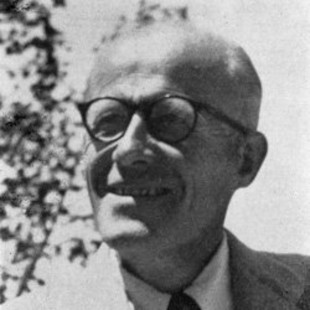Cassina
Capitol Complex Chair
Without Armrests
Price starting from € 1.821,00*
*Price valid for the version without armrests with seat and backrest in Vienna straw and frame in black stained oak – without seat cushion (cod. 055 21).
Homage to Pierre Jeannaret, the Capitol Complex Chair has been originally designed for the furniture of Capitol Complex in Chandigarh, positioned in the offices of the Secretariat. Re-edited and renovated by Cassina thanks to the use of the newest manufacturing techniques, this model is marked by lateral supports positioned as upside down V-shaped elements sustaining the armrests in solid wood. The weaving of the seat in Vienna straw and the distinctive use of materials as the teak turn the Capitol Complex into a real design icon with unconventional details. After Cassina’s revisitation, besides the historic version in teak, new finishings and colours have been added, perfect tools to renovate the grandeur of this milestone of the modern era.
W.45 x D.57 x H.81 cm
Seat Height 43 cm
Salvioni Design Solutions delivers all around the world. The assembly service is also available by our teams of specialized workers.
Each product is tailor-made for the personal taste and indications of the customer in a customized finish and that is why the production time may vary according to the chosen product.
To discover the full range of services available, visit our delivery page.
Suggested versions (2)
Personalize your request
Frame
Select
The colors displayed, for technical reasons, are indicative and may differ from the actual finish. The price may vary in relation to the category / finish chosen. Contact us to receive a personalized quotation. Natural Teak
Natural Teak Natural Oak
Natural Oak Black Stained Oak
Black Stained Oak Dark Walnut Stained Oak
Dark Walnut Stained Oak
 Natural Teak
Natural Teak Natural Oak
Natural Oak Black Stained Oak
Black Stained Oak Dark Walnut Stained Oak
Dark Walnut Stained OakWith Seat Cushion
Select
Upholstery for Seat Cushion (Optional)
Select
The colors displayed, for technical reasons, are indicative and may differ from the actual finish. The price may vary in relation to the category / finish chosen. Contact us to receive a personalized quotation.
Cat. E – Perbacco
Cat. E – Eremo
Cat. F – Gingko
Cat. F – Tensing
Cat. L – Lipari
Cat. L – Lookbold
Cat. L – Ortigia
The colors displayed, for technical reasons, are indicative and may differ from the actual finish. The price may vary in relation to the category / finish chosen. Contact us to receive a personalized quotation.
Cat. X – Scozia
Cat. Y – Extra
Cat. Z – Naturale
Cat. Z – Naturale ZZ
Founded in 1927 by the brothers Cesare and Umberto in the heart of Brianza furniture, Cassina is one of the long-lived Made in Italy industrial design companies. From the early ‘30s, Cassina brothers identified the strong demand for home furnishings and interpreted in a far-sighted way the renewed taste of the new emerging classes. From this intuition, Cassina started a real revolution in the indoor furnishings design. Since then, the company has been pursuing a path of research and innovation, involving prestigious designers and architects in the study of new furnishings models. In the last few years the collaboration with Gio Ponti has begun. Thanks to this partnership were born the 646 chair, known as Leggera, and the subsequent model 699 or Superleggera.Read more
Designed by
Pierre Jeanneret
Pierre Jeanneret (1896-1967) was a Swiss-French architect, cousin of the famous Le Corbusier and a long-time collaborator of his studio. He began to collaborate with him immediately after the end of his studies and together they went through the fruitful period of the birth of the Modern Movement and the creation of some iconic buildings, such as the famous Ville Savoye in Poissy. He had a particularly important role in the design of the furniture signed by the studio, designed in collaboration with Le Corbusier himself and with an equally brilliant young assistant: Charlotte Perriand. These furnishings have been re-edited by Cassina since the 1960s, forming its famous LC collection. After the Second World War he started to work on his own and had the opportunity to collaborate with another great name in French design such as Jean Prouvé. However, it was always thanks to his cousin that he obtained the most important assignment of his life: he supervised the construction of the urban plan of the city of Chandigarh, which involved the construction from scratch of many buildings and furnishings, in search of a sort of "ideal city" . To follow this project closely, he moved to India and spent 15 years there, almost until his death.Read more


